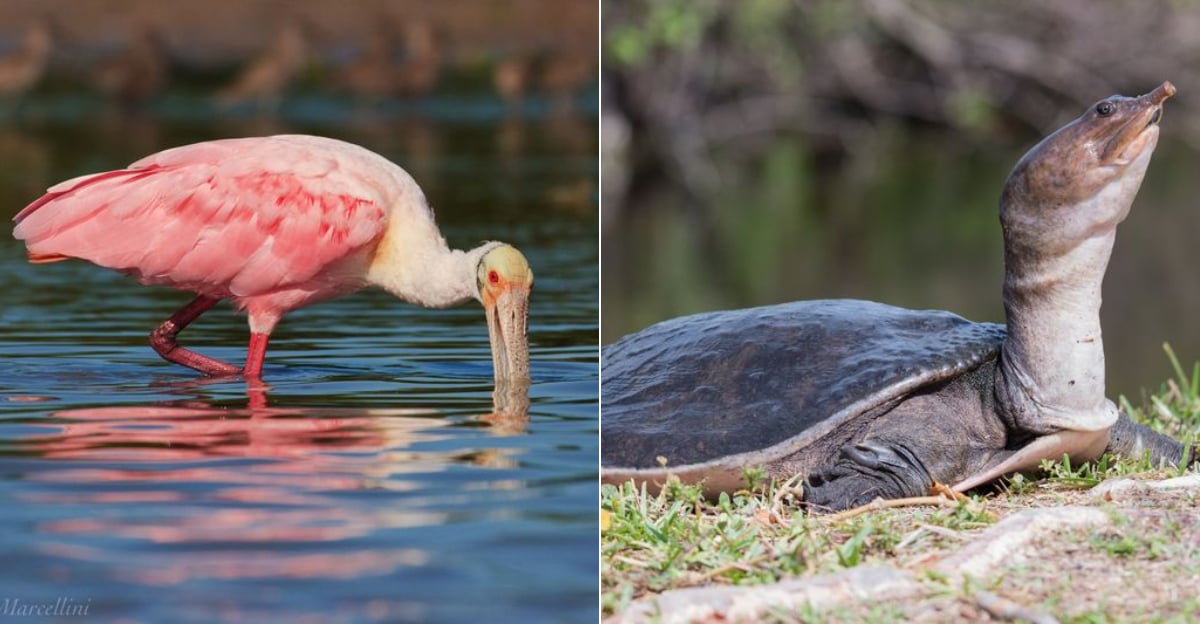The Everglades National Park is a wild wonderland unlike anywhere else on Earth.
This massive wetland ecosystem spans 1.5 million acres and harbors some of America’s most fascinating creatures. During my recent airboat adventure through these mysterious marshes, I came face-to-face with remarkable animals that call this watery wilderness home.
Here are my unforgettable encounters with the residents of this unique national treasure!
1. Jaw-Dropping Moments With American Alligators

Nothing prepares you for seeing an alligator in the wild! These prehistoric-looking reptiles have thrived in the Everglades for millions of years. My heart nearly stopped when our guide pointed out a 12-footer sunning on a muddy bank just feet from our boat.
Alligators typically mind their own business, but they’re lightning-fast when hunting. Their powerful jaws can snap shut with 2,000 pounds of pressure—enough to crush turtle shells!
Female gators make fantastic moms, fiercely guarding their nests and carrying hatchlings in their mouths to safety. Watching these ancient creatures glide silently through the water makes you feel like you’ve traveled back in time.
2. Rare Sightings Of The American Crocodile
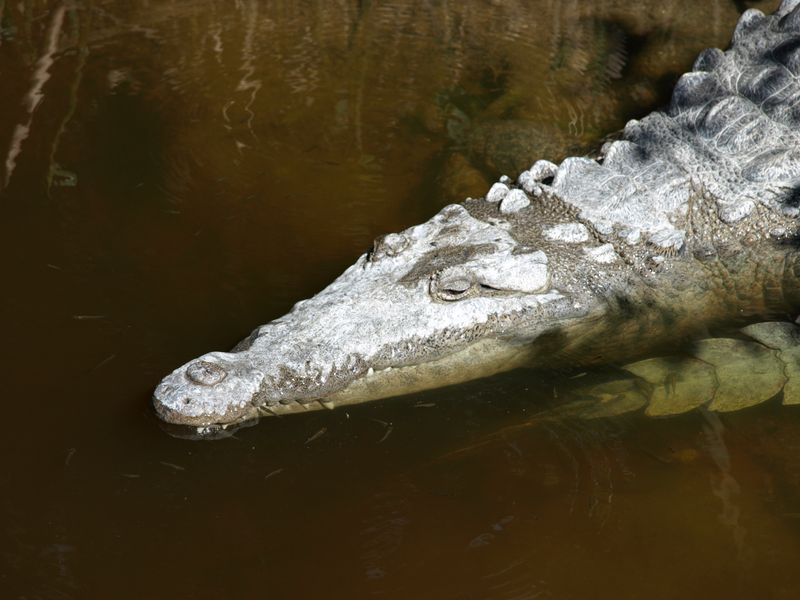
I almost mistook it for another alligator until our guide excitedly pointed out the V-shaped snout and visible teeth. American crocodiles are far rarer than their alligator cousins. Did you know there are only about 2,000 remaining in Florida.
These magnificent reptiles prefer the saltier waters near the coast. Unlike the darker alligators, crocs sport a grayish-green coloration that helps them blend with the brackish water environment they favor.
Spotting one of these shy creatures feels like winning the wildlife lottery.
3. Ghostly Glimpses Of The Elusive Florida Panther
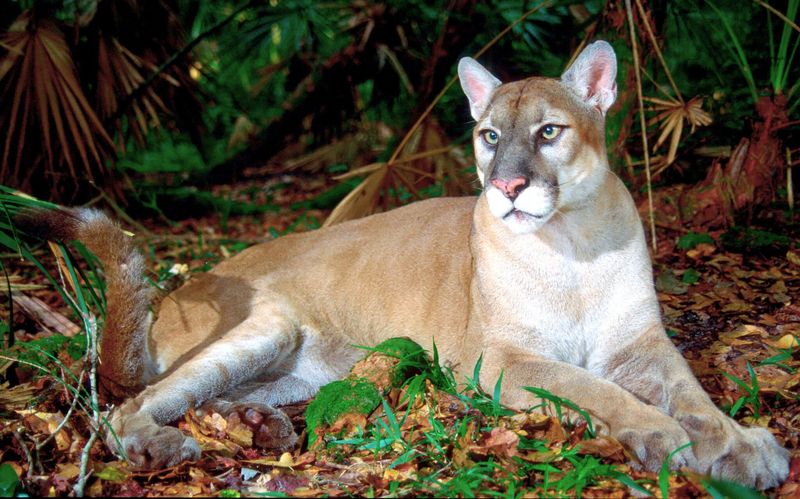
“Was that…?” I whispered, catching a fleeting tan shadow disappearing into the brush. Our guide nodded excitedly—we’d just witnessed something incredibly rare: a Florida panther.
With fewer than 230 left in the wild, these critically endangered cats are the holy grail of Everglades wildlife sightings.
Panthers require huge territories. They’re solitary hunters, primarily stalking white-tailed deer under cover of darkness or dawn.
That brief moment with America’s most endangered big cat left me with a profound appreciation for these magnificent creatures fighting for survival.
4. Floating Alongside West Indian Manatees
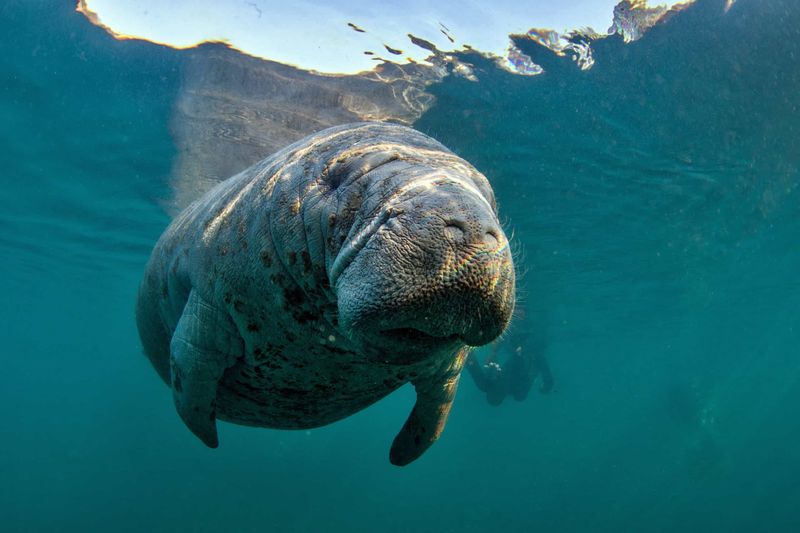
The water rippled gently before a massive gray shape emerged—my first manatee encounter! These aquatic mammals, sometimes called sea cows, can weigh up to 1,200 pounds yet move with surprising grace through the water.
Manatees visit the Everglades during winter months, seeking warmer waters when coastal temperatures drop. Their wrinkled faces and whiskered snouts give them an almost human-like expression that instantly wins your heart.
Despite their size, manatees are completely harmless herbivores. Watching these peaceful creatures float by was a magical moment I’ll never forget.
5. Aerial Acrobatics Of The Snail Kite
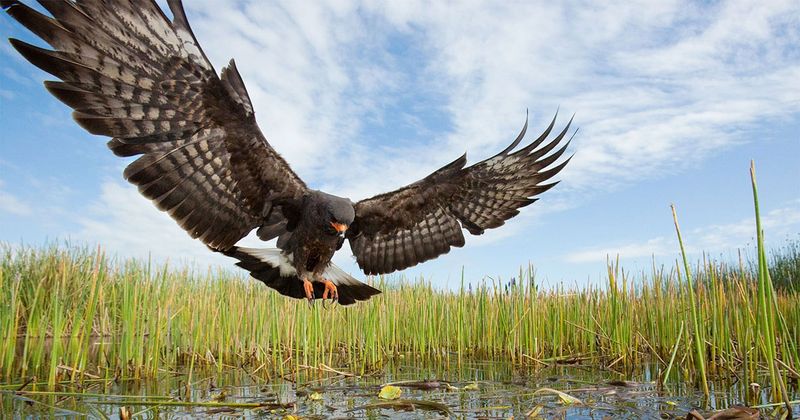
These specialized raptors feed almost exclusively on apple snails.
Male snail kites display striking slate-gray plumage with red-orange legs and bill, while females and juveniles wear mottled brown feathers. Their remarkable hunting technique involves spotting snails from above, then performing a swift aerial dive to snatch them.
Sadly, these beautiful birds face threats from water management practices that affect apple snail populations. Watching this kite’s hunting prowess, I gained newfound appreciation for nature’s specialized adaptations and the delicate balance of the Everglades ecosystem.
6. Majestic Wood Storks Soaring Overhead
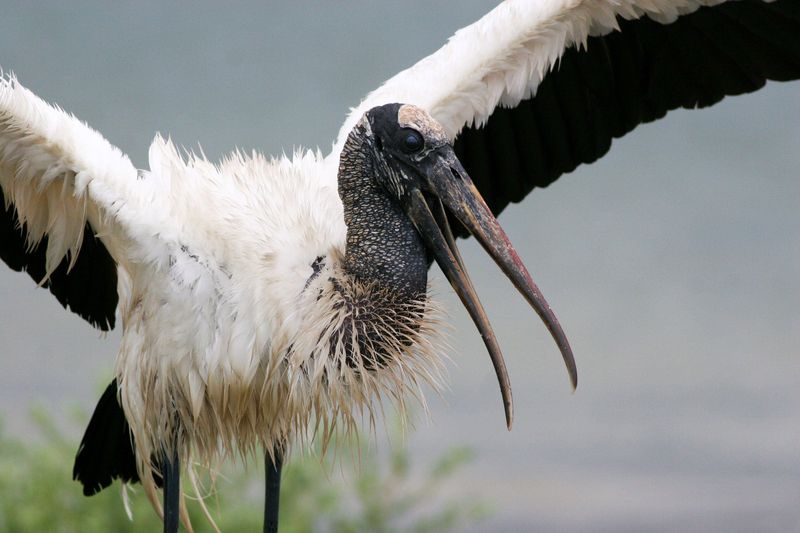
This massive bird with a wingspan stretching nearly five feet is beyond fascinating!
Wood storks employ a stunning feeding technique called tactolocation. They wade through shallow water with their bills partially open, snapping shut with lightning speed when they touch prey—all without relying on sight!
They build massive stick nests in colonies called rookeries, often returning to the same nesting sites year after year.
Describing their effortless glide through the sky? There are no words!
7. The Flamboyant Beauty Of Roseate Spoonbills
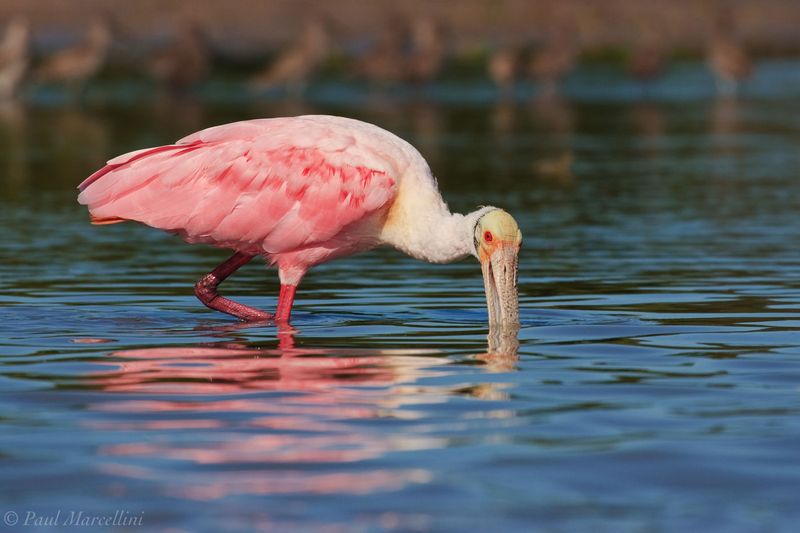
A flash of pink caught my eye—so unreal it seemed almost artificial against the green marsh.
Roseate spoonbills are often mistaken for flamingos, but their spoon-shaped bills set them apart from any other bird in the Everglades.
Their spectacular coloration comes from their diet of crustaceans containing carotenoid pigments. The more shrimp and crayfish they consume, the brighter pink they become!
Watching a flock of these gorgeous birds take flight, their rosy wings spread against the blue Florida sky, was simply breathtaking.
8. Sky Hunters: Spotting Ospreys And Bald Eagles
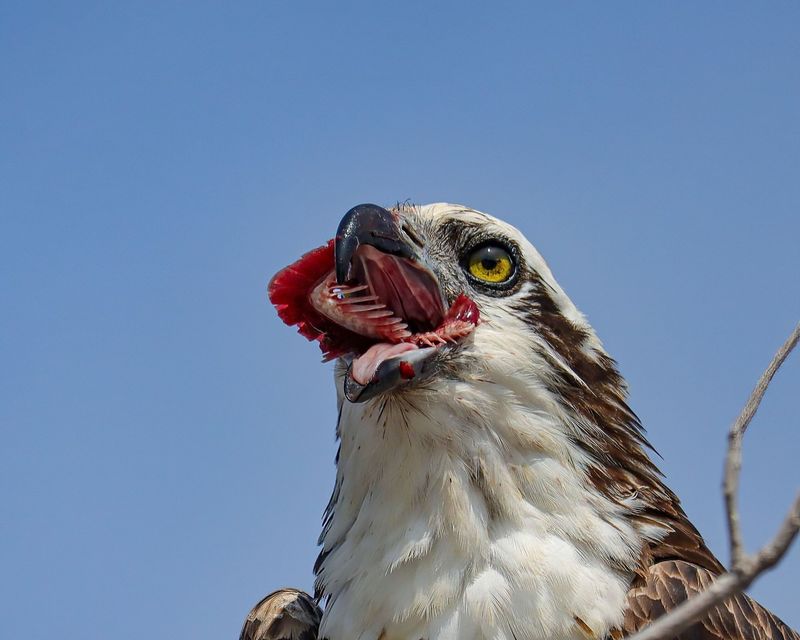
A piercing cry drew my attention skyward where an osprey circled. Suddenly it tucked its wings and plummeted toward the water, emerging seconds later with a fish clutched in its talons. What an incredible fishing demonstration!
These national symbols have made a remarkable recovery in the Everglades after DDT nearly wiped them out decades ago.
Eagles often harass ospreys until they drop their catch, then swoop in to steal the meal!
Witnessing these aerial predators patrol their watery hunting grounds offers a thrilling glimpse into the Everglades’ complex food web.
9. Shell Dwellers: Encountering Softshell Turtles And Their Kin
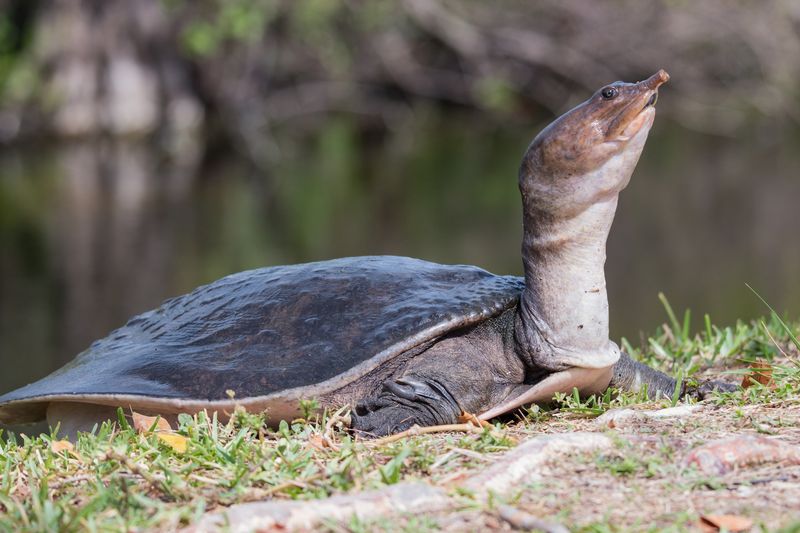
The Everglades hosts an impressive variety of turtles. I also spotted red-bellied cooters with their bright orange-red plastrons, and yellow-bellied sliders basking on logs.
These reptiles play crucial roles in the ecosystem, controlling aquatic vegetation and serving as both predators and prey.
Turtles face numerous threats including habitat loss and road mortality. Many Everglades visitors don’t realize these shelled creatures can live incredibly long lives—some species reaching 50+ years in the wild!
Their prehistoric appearance reminds us how ancient and resilient these animals truly are.
10. Unexpected Encounter: Florida Black Bear In The Cypress
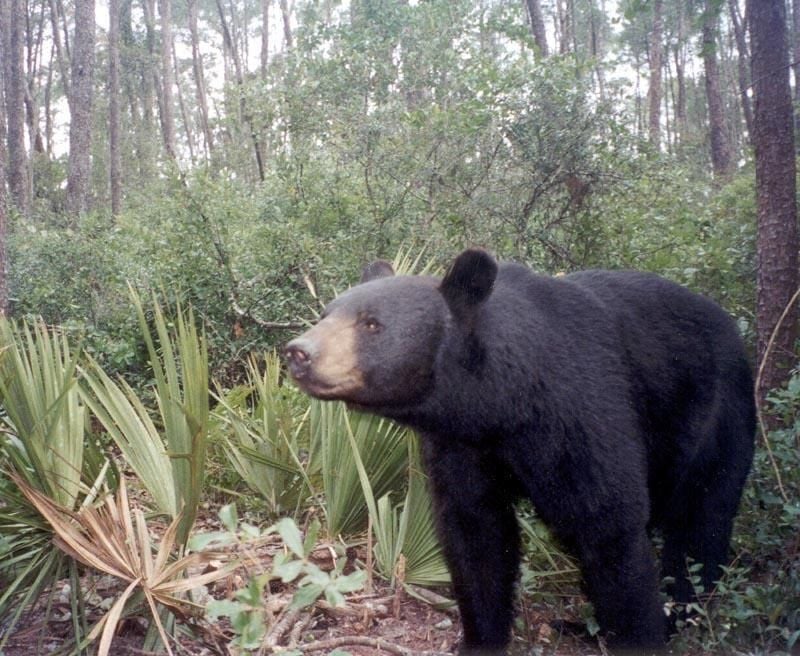
I remember seeing a Florida black bear standing knee-deep in water, fishing for crayfish with its powerful paws. It was just, wow!
Though smaller than their northern cousins, these bears still earn respect at 300+ pounds.
Florida black bears are excellent swimmers and climbers, skills essential for life in the swampy Everglades. Their diet shifts seasonally—berries in summer, nuts in fall, and insects year-round.
Seeing them is a rare privilege few Everglades visitors experience.
11. Confronting Burmese Pythons
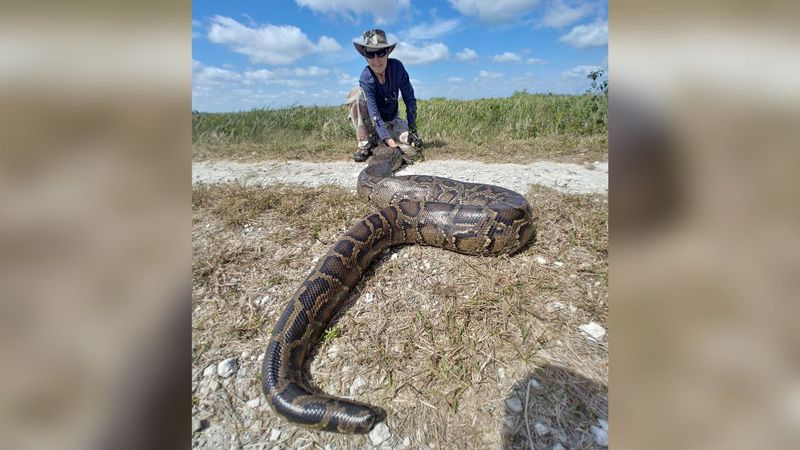
These giants have established a breeding population that’s wreaking ecological havoc throughout the park.
Pythons can grow over 20 feet long and devour everything from rabbits to adult deer. Since their introduction in the 1980s, researchers have documented a shocking 90% decline in small mammal populations in areas where pythons are established.
Park officials now organize python hunting competitions to control their spread. The python problem illustrates how quickly invasive species can transform ecosystems.
Despite their impressive size and beautiful patterns, seeing this destructive invader in the wild filled me with concern for the Everglades’ native wildlife.
